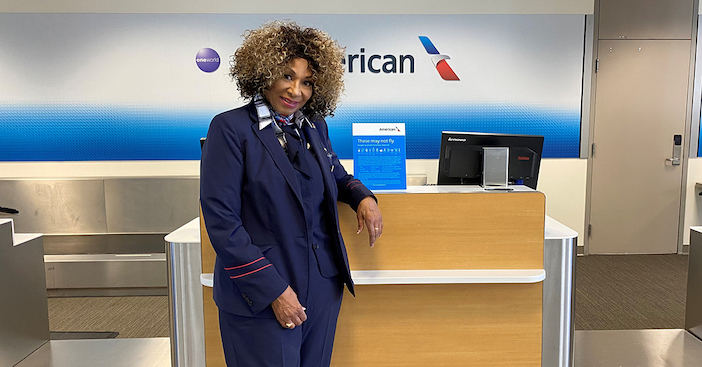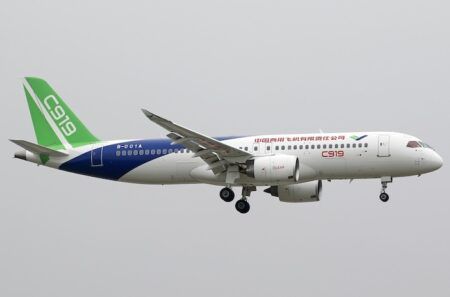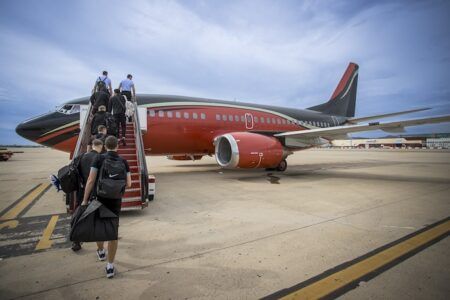Contrary to what many people think, there are no set rules for retirement for cabin crew in the aviation sector. Any stipulations are made by employers, and those conditions vary between airlines and nations, affected by several variables.
The average retirement age for flight attendants in the US has been rising over the past 10 years, according to the Bureau of Labor Statistics. The average retirement age was roughly 58 in 2010; by 2020, it was projected to increase to around 62. This increased age trend is ascribed to elements including better healthcare and some flight attendants’ desire to work past the conventional retirement age.
The International Air Transport Association (IATA) conducted a thorough study that provided insight into global patterns of flight attendant retirement ages. The study, which examined data from several nations, showed that retirement ages varied greatly around the world. As of 2023, the average age of an airline flight attendant is 49 years old. 74% of airline flight attendants are 40+ years old or above, 17% are between the ages of 30-40 years, and 8% are between 20-30 years old.
Surprisingly, it’s a controversial subject, and attitudes to flight attendants’ ages vary considerably around the world.
The skies know no age
Age restrictions for recruiting cabin crew personnel have been set by many airlines. They frequently specify that applicants must be at least 18 years old. On the other extreme, some airlines would raise the upper age limit to 65, which would be in line with the average retirement age in many nations.
Individual aviation regulation agencies have decreed that the minimum age requirement for cabin crew is 18 years old. This is the case for nearly all aviation agencies throughout the world, including the FAA in the USA, EASA in Europe, and the UK’s CAA.
This minimum regulatory age does not prevent airlines from adding their own higher minimum age requirements if they wish. As a result, the typical minimum age range for cabin crew is between 18-21.
However, controversy has arisen over cabin staff maximum age requirements. The most lenient age limitations are often found in the United States, where most major airlines have no maximum age limit on applications or retirement ages. However, the requirements vary widely around the world.
Europe is not far behind the USA. Some airlines, like British Airways, do not have retirement ages or maximum age requirements for applicants. Others, like Air France, do not have an age requirement for applications, but do have a 65-year-old flight attendant retirement age, which is the same as the pilot retirement age, even if the flight attendants are in good health and can pass all safety exams.
One example of an older FA is Pam Clarke, known as ‘Nana Pam’ by her regular customers, who joined EasyJet when she was 53 and is now 73. Many experienced flight attendants decide to retire in their 70s or even later. Robert Reardon holds the current record for the oldest retired flight attendant, having retired from Delta Air Lines in 2014 at the age of 90. Bette Nash is also among the oldest flight attendants, still working for American Airlines at the age of 87. However, most Asian and Middle Eastern airlines have obligatory retirement ages of between 40 and 50.
Although these are specific airline policies, there is still no international standard for flight attendant retirement age. Many flight attendants, mostly from American and European airlines, put in many decades of honourable service with no upper age limit. This is important to note as the demand in aviation for new cabin crew outpaces the supply, and airlines are seeking solutions.

Post-pandemic realities
The pandemic quickly changed the aviation industry – it was reduced to one-third of its capacity during Covid-19 travel restrictions. Uncertainty rose among airlines, pilots and crew. Job security became the biggest concern or as many as 40% of pilots and crew, alongside reduced flying hours or holding no type rating. For 80% of airlines, the lack of regional talent in Europe was the main headache. Now the aviation industry must meet new demands and the need to fill crew shortages.
According to Boeing, by 2042, there will be a global need for 649,000 new pilots and 938,000 new cabin crew members.
Based on data from Statista, over the next 20 years, Europe will require around 170,000 new flight attendants for commercial aviation and around 8,000 for business aviation. To address this demand, certain requirements have made a big shift, and some European airlines have even started recruiting people over the age of 45 – these so-called ‘empty nesters’ – for flight attendant positions.
Redefining retirement – flexible paths and new opportunities
A flexible approach to mandatory retirement age promotes career paths. Flight attendants can transition into certain positions that are available to flight attendants if they meet the requirements set by the airlines. Such positions include Senior Flight Attendant or Flight Attendant-Instructor. Other roles, such as trainers, mentors or ground staff, require appropriate requalification and additional training in most cases, but their wealth of cabin crew experience can then be added to various other aspects of the aviation industry. This adaptability not only benefits the individuals but also contributes to the overall growth of the industry.
Additionally, passengers benefit from age diversity among flight attendants. Younger attendants bring enthusiasm and modern perspectives, while their more experienced counterparts offer a calming presence and wealth of knowledge. This blend creates a balanced and enhanced passenger experience.
Not having a set age for retirement reflects a commitment to shaping a sustainable and capable workforce in aviation. It also recognises the value that older crew members bring to the table.
A future unbounded
The notion of a mandatory retirement age for cabin crew is a misconception that has been dispelled by the dynamic and diverse nature of the aviation industry. It is important to realise that health and working conditions have a direct impact on retirement age. Those who work in the civil aviation industry have the right to retire with preference because of the heightened risks associated with occupations that frequently experience variations in pressure, temperature and climate, as well as intense stress.
However, flexible career paths that allow cabin crew to transition into different roles point to the resiliency of the job. The aviation industry has always been synonymous with pushing boundaries and reaching new heights, so the absence of a mandatory retirement age for cabin crew is a testament to this ethos. One aspect is undeniable – regardless of their age, cabin crew members continue to dedicate their lives to ensure a smooth, safe and comfortable journey for all passengers.
About the author:
Jainita Hogervorst is a director of Aerviva, a Dubai-based international consultancy specialising in aviation recruitment and document management.





